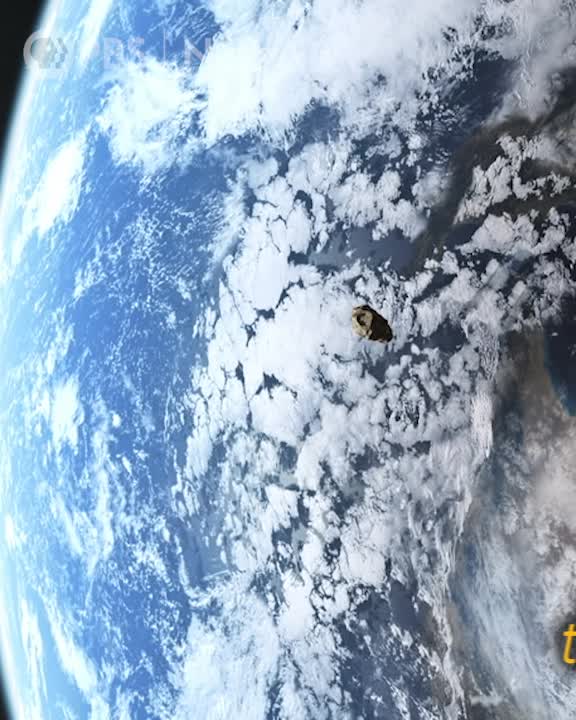Can we deflect an asteroid if it were to hit Earth? Scientists launched a mission to test it out:


Circa 2019 😀 What a fun mind controlled toy drone 😗
How much more fun could drones be if you got fiddly hand controllers out of the way and flew them with your mind? That’s the question EEGSmart poses with its UDrone mini-quad, which responds to brainwaves and head movements instead of thumbsticks. It’s not perfect, but it does give a glimpse of a mind-controlled future.
The Udrone itself is fairly unremarkable; it’s a lightweight mini-quadcopter with 2-inch props, nice plastic bumpers to save it from damage when it bumps into a wall, and an 8-megapixel, 1080p-capable camera. You can fly it using your mobile phone, in which case it works like most similar small quads, but also has some smarts under its belt with face tracking, subject tracking and gesture recognition.
It flies for six or seven minutes on a battery, which is about right for this size of thing. The camera isn’t anything to write home about, but it streams video back to your phone in real time as long as you’re within Wi-Fi range. So far, so ordinary.
These include aquatic drones that can be programmed to scoop up floating debris from the surface of rivers, and buggies that use artificial intelligence (AI) to search for and pick up litter for use on beaches.
Scientists are also hoping to scale up the use of magnetic nano-scale springs that hook on to microplastics and break them down.
MailOnline takes a closer a look at some of the technologies currently being used to reduce the man-made debris in our oceans, and those that are still in development.

Circa 2013 😃
News: the world’s first building to be powered entirely by algae is being piloted in Hamburg, Germany, by engineering firm Arup.
The “bio-adaptive facade”, which Arup says is the first of its kind, uses live microalgae growing in glass louvres to generate renewable energy and provide shade at the same time.
Installed in the BIQ building as part of the International Building Exhibition, the algae are continuously supplied with liquid nutrients and carbon dioxide via a water circuit running through the facade.





